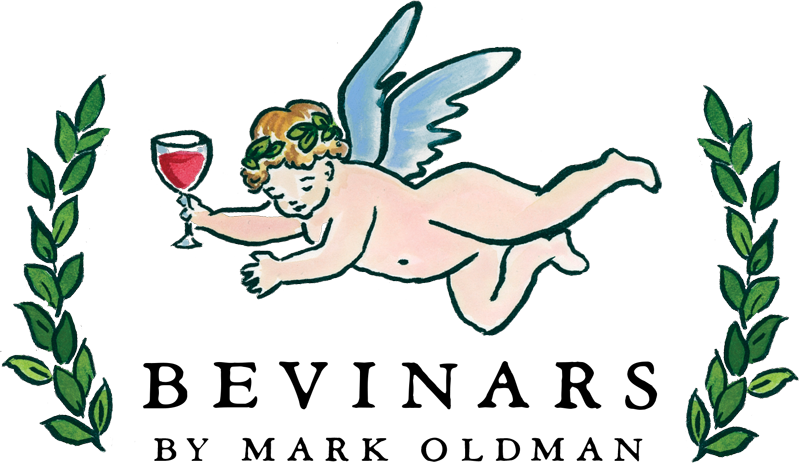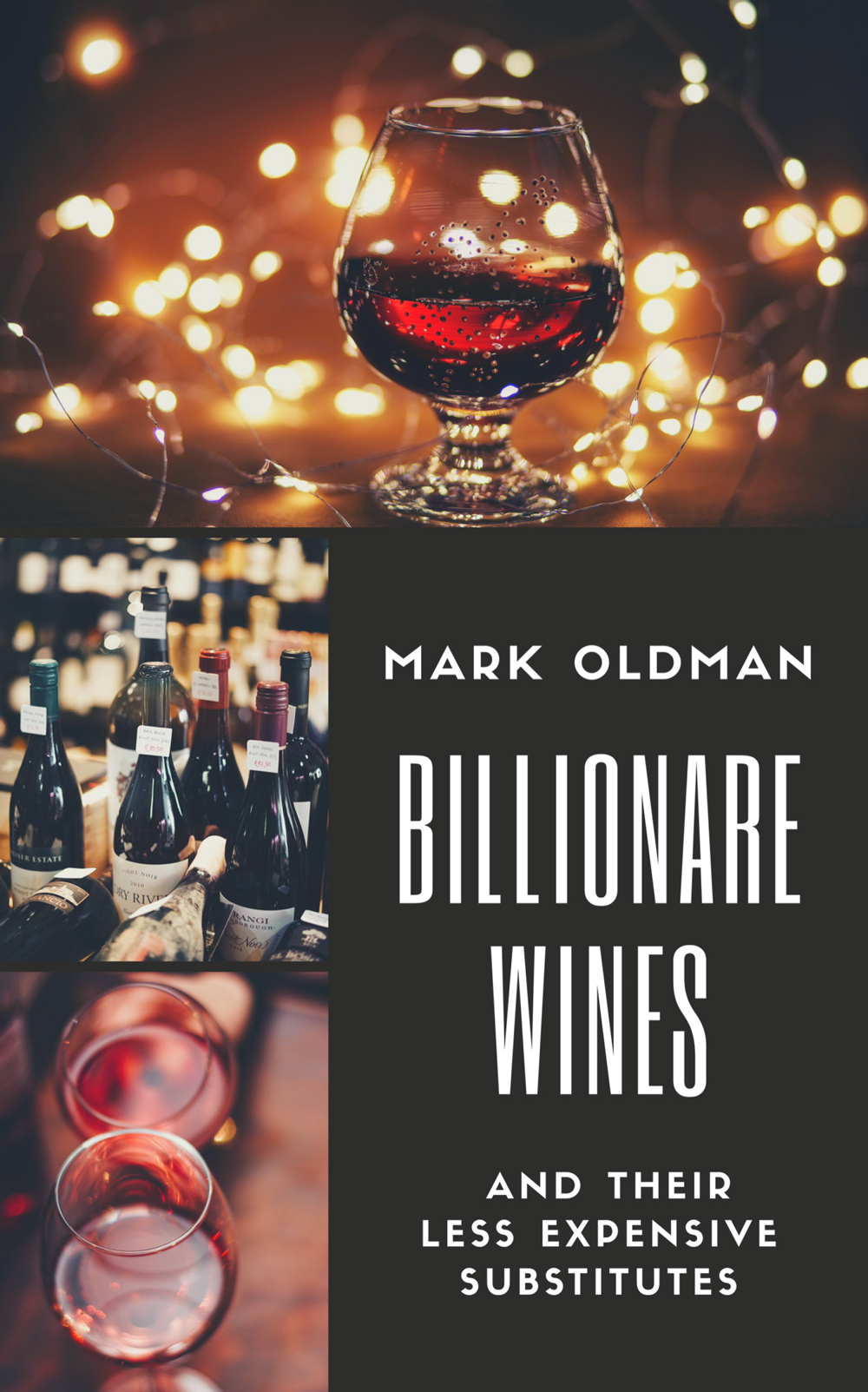When does opened wine go bad?
How long does an open bottle of wine last?
The general rule for the staying power of an opened bottle of wine, providing it is recorked and refrigerated, is it will taste almost as good as new up to two days after being opened. But some wine can last up to a week.
A wine’s shelf life once opened varies depending on a number of factors, including the type of wine, how it is stored and personal taste.
A wine’s staying power greatly depends on the type of wine or grape variety.
For example, a very simple wine – such as a $9.99 Chardonnay – may even taste acceptable up to a week after it is opened. The less complexity a wine has at the start, the longer it will remain drinkable.
Here are a few guidelines to help you to assess how long an open bottle of wine will last:
- Red Wine: Red wines typically have a longer lifespan or shelf life after opening compared to white or rosé wines. An opened bottle of red wine can last up to 3-5 days if stored properly.
- White Wine: White wines are generally more delicate and prone to oxidation than red wines. Once opened, a bottle of white wine can last around 2-3 days in the refrigerator.
- Sparkling Wine or Champagne: Sparkling wines, such as Champagne or Prosecco, tend to lose their fizz or effervescence quickly after opening. It’s best to consume them within 1-3 days of opening, and you can use a wine stopper or sparkling wine preserver to help retain some of the bubbles. From my experience, sparkling wine should be consumed within 24 hours, if not immediately!
While oxygen starts working its mischief on wine the moment the cork comes out, you probably won’t notice a major decline in the first day a wine is opened. In fact, a tannic, astringent red wine, may actually “breathe” or improve in the first hours of air exposure, losing a bit of its bitterness.
How can you tell if an opened bottle of wine has gone bad or is off?
Firstly, wine doesn’t go bad in the way three-day-old Shrimp Fried Rice does. Drinking wine that is bad won’t earn you a prayer session at the porcelain altar. Instead, wine that has been opened for a few days just becomes full and one-dimensional or “flat” in winespeak, because it loses its unique aromas and flavors.
Exactly how long a wine will stay fresh depends on its particular grape type(s) and style, and of course, your own taste. Wines with high levels of acidity, Sauvignon Blanc and Alsatian Riesling for example, tend to keep it together a little longer. As one would expect, sweet wines with high alcohol content are also longer-lived; Port and Sherry, for example, being fortified with brandy, are hardier and sometimes able to survive a week or more.
It’s important to note that these are general guidelines, and some wines may deteriorate more quickly or last longer depending on their quality and how they are stored.
How to maximize the shelf life of wine
To maximize the shelf life of an opened bottle of wine, take these steps:
- Recork the bottle tightly or use a wine stopper to prevent excessive exposure to air
- Store the bottle upright in the refrigerator to slow down oxidation
- If you have a vacuum pump or inert gas spray, you can use them to remove air from the bottle to help preserve the wine
If you’re serious about prolonging the life of an open bottle of wine, consider some of the techniques and gadgets described in the next Shortcut. Just remember that it’s better – gastronomically and, perhaps karmically — to drink all of your wine the day you opened it, hangovers notwithstanding. If necessary, use any leftovers as an excuse to fire up an impromptu Sangria Soiree or Coq-au-Vin Cookoff!
How to make an opened bottle last longer
If gadgets aren’t your thing, there are simpler ways of prolonging the life of your wine. One is to do what you probably do already: quickly recork the wine and store it in the refrigerator. The trick is to refrigerate red wines too, which may seem peculiar, since most red wines don’t normally see time in the icebox. Remember to allot about an hour to bring the wine up in temperature, or sooner if you pour the cold wine directly into glasses.
But it’s worth it: as any mortician or cryogenicist can confirm, cold temperatures slow down biological deterioration of all kinds. Be sure to also refrigerate any bottles you stopper and pump, too.
Another technique is to pour leftover wine into half-bottles, recork, and refrigerate. Wine tends to last a little longer in smaller bottles because there’s less oxygen between the top of the wine and the cork. You can purchase small bottles at houseware stores, or you can save the bottle and corks from half-bottles you consume. At the risk of profaning wine’s aristocratic mystique, you can even use that plastic Evian water bottle you bought at the gym – just scrub it down, screw the top tightly, and hide it if company unexpectedly drops by.
Finally, if you are reckless enough to ever have any leftover Champagne, be advised that there are stoppers made specifically for sparkling wine. Available at most wine shops and houseware stores, champagne stoppers are typically made in a “clam shell” shape and have metal arms that clamp snugly atop a Champagne bottle. It will increase your bubbly’s staying power by at least a day or two.
Sign up to one of Oldman’s Bevinars to learn more tips and tricks about wine.
Cheat Sheet
- Always recork and refrigerate leftover wine
- Use gadgets such as pumps to eek out a few extra days of life
- Transferring the leftover wine to a smaller container such as a water bottle will help wine last longer
Oldman’s Picks
- Vacuvin Wine Saver (comes with 2 stoppers) ($10)
- extra Vacuvin stoppers ($4)
- metal Champagne stopper ($8)


